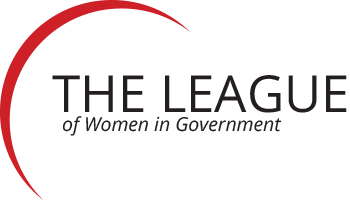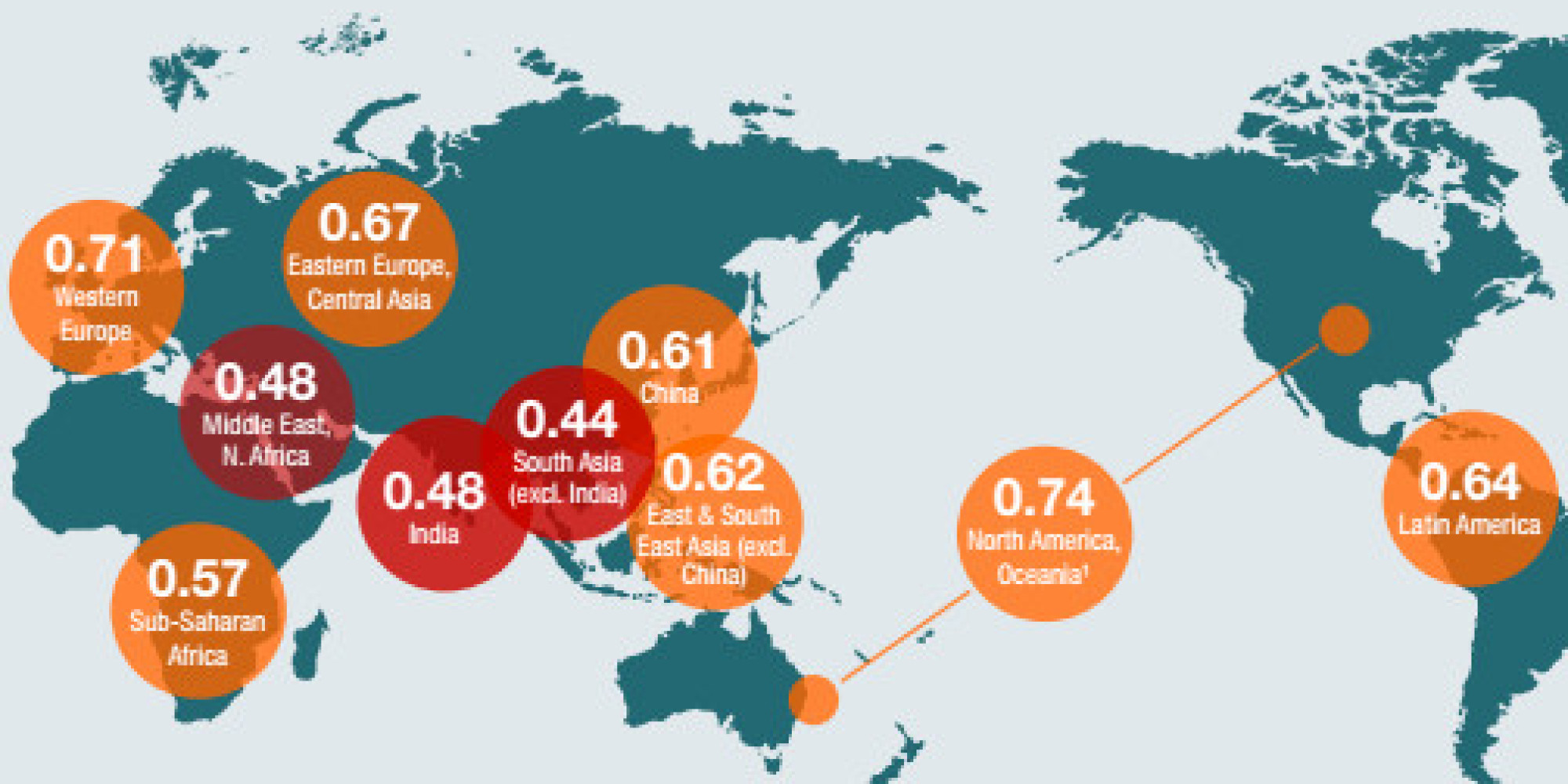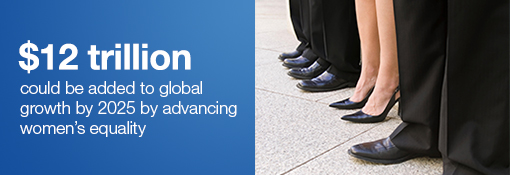By Pamela Antil, Assistant City Administrator, City of Santa Barbara, CA and President of the League of Women in Government
We’ve all seen the statistics — women earn about 74 percent of the pay of their male counterparts. We represent less than 15 percent of the top executive spots in public sector, where we work, and with similar frequency in the private sector. But which of these factors is of greater influence in people’s day to day lives? The position or the pay? And at the end of the day, do either of them matter in terms of the services we provide and the health of our communities? You bet!
A new report released this month by the McKinsey Global Institute makes the compelling argument that closing the pay gap (gender pay parity) between men and women, could increase the world’s gross domestic product (GDP) by easily $12 trillion over ten years and up to $28 trillion in the same time period if men and women held equivalent positions to men in the marketplace (gender balance).
Wait……..what? Achieving gender pay and workplace balance can increase the amount of money in communities around the world? This is exactly what the good folks at McKinsey have researched and their findings are astounding. In particular:
-
Gender inequality at work is mirrored by gender inequality in society — U.S. ranks 65th of the 95 nations studied for the report;
-
Economic development will help, but specific action in four areas is necessary to achieve gender equality at work more quickly (education level, financial and digital inclusion, legal protection, & unpaid care work); and
-
Shifts in deep-seated attitudes and beliefs would be necessary to address gender inequality at work — women hold only 36 leadership positions of 100 worldwide.
I invite you to take a look at this new report and share your thoughts here. Let’s keep the #13Percent conversation going!



